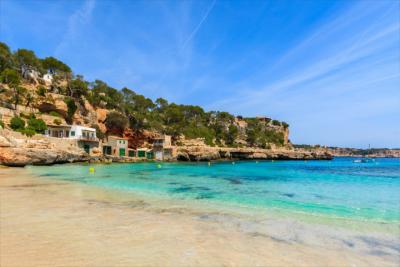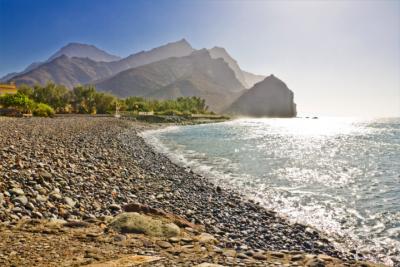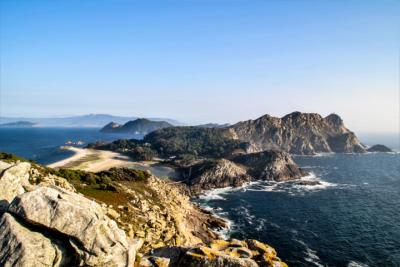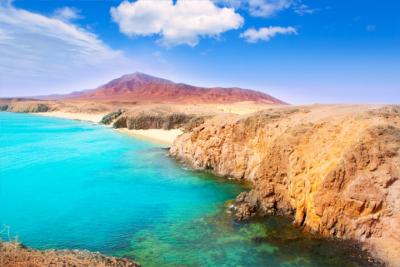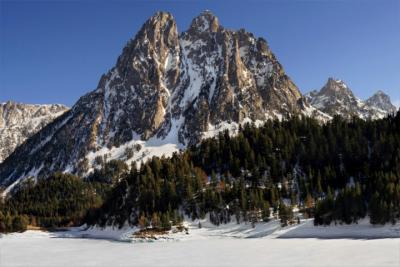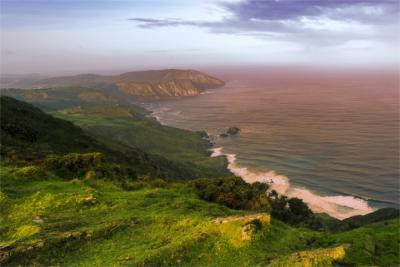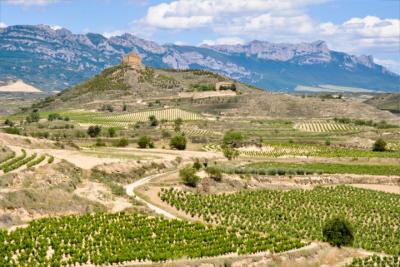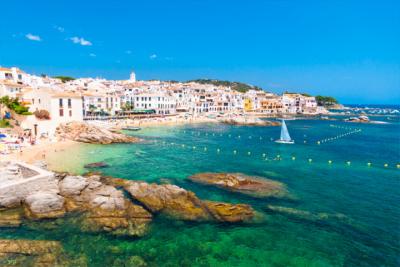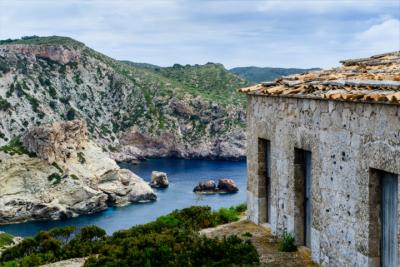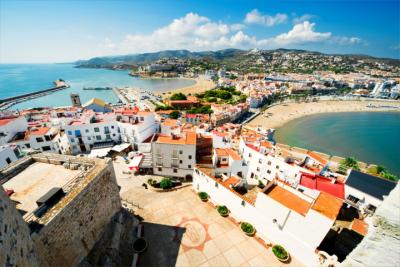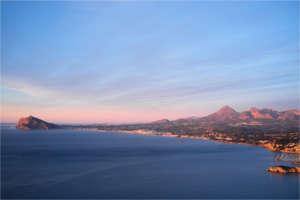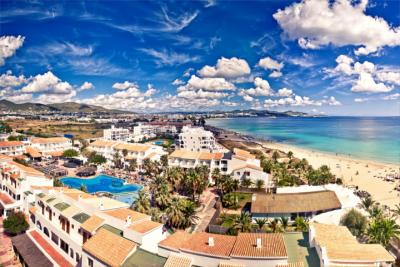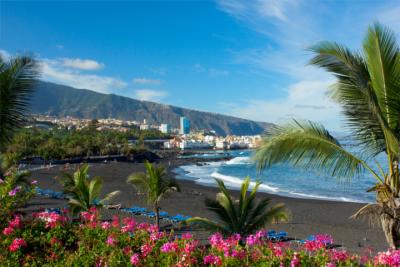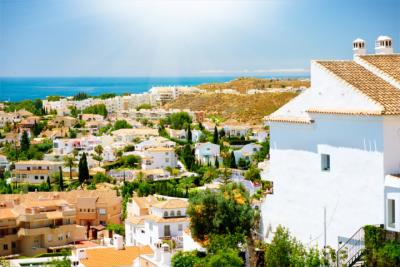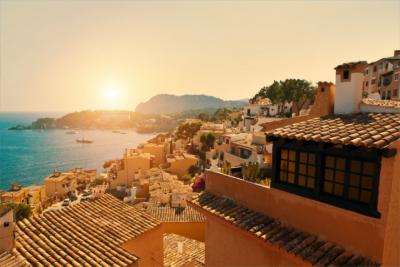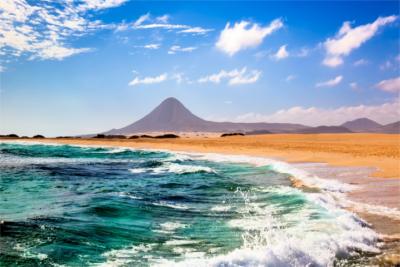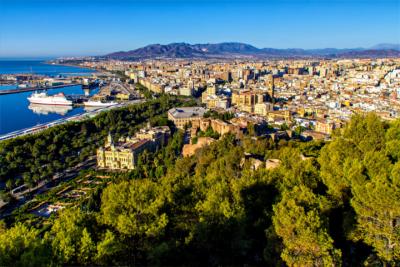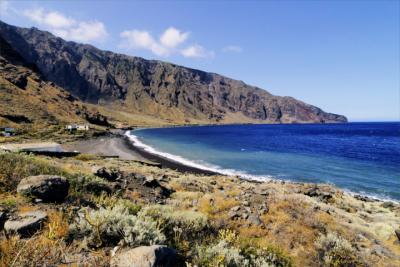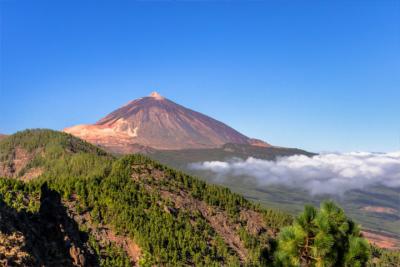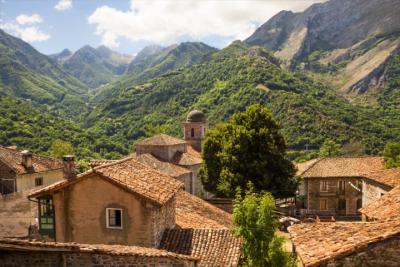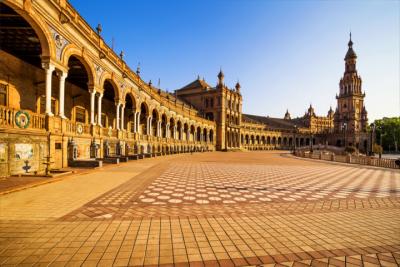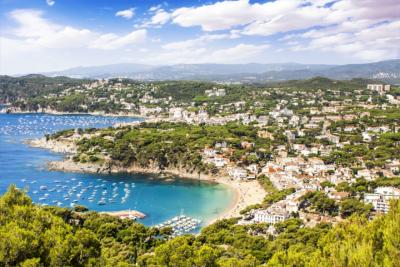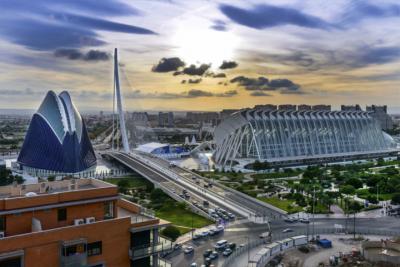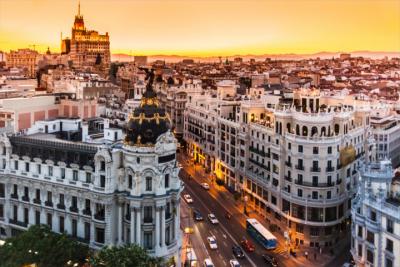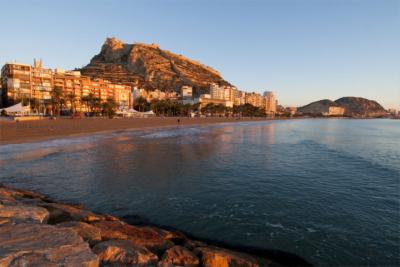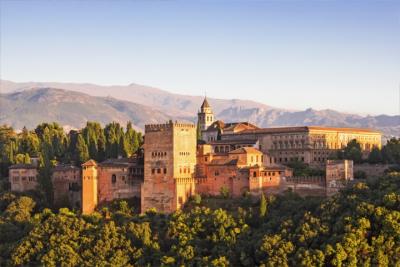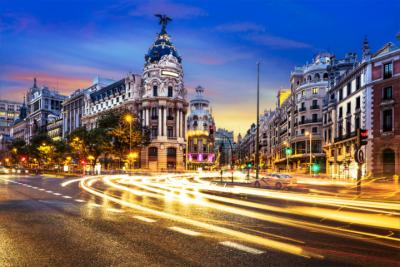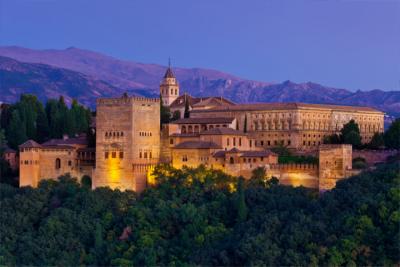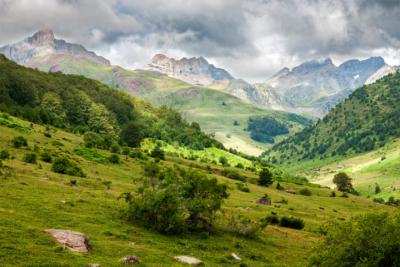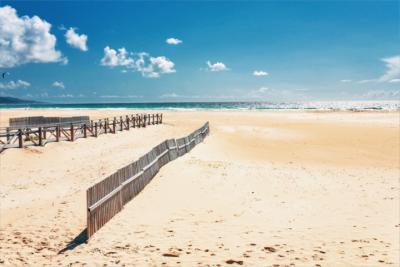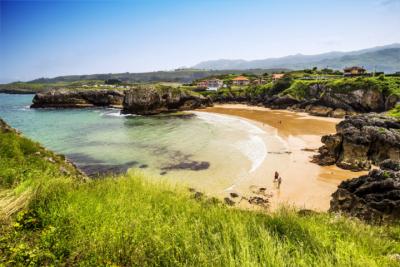Travel Offers
Travelmyne Featureprint
Distance
La Rioja – The Spanish Wine Paradise
How about a glass of Spanish wine? Many wine experts think of La Rioja when they hear this question. The region is one of the most significant wine-growing areas in the whole of Europe with its numerous vineyards. However, its impressive mountains, Mediterranean forests and cultural sites also allure visitors.
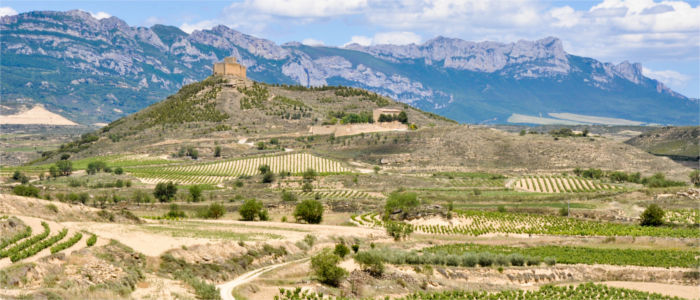
Geography - The smallest community of the Spanish mainland
La Rioja (capital: Logroño) is the smallest autonomous community on the Spanish mainland with an area of about 5,000 km². It is also the region's the only province and borders on Aragon in the west as well as Castile and León in the south. La Roja's border to the Basque Country and Navarre is mostly identical to the course of the river Ebro, which runs through fertile valleys in the north of the region. Towards the south you see the Iberian System, which culminates in the Sierra de la Demanda in the peak of La Rioja's highest mountain, the San Lorenzo (2,371 m). The region is dominated by a dry climate with continental influence. Therefore, its population of almost 300,000 people experiences warm summers and cold winters.
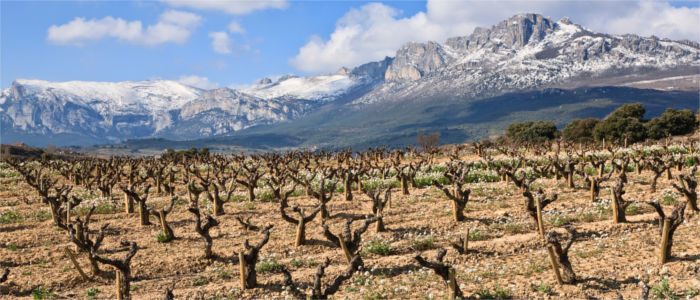
Nature - Vineyards and impressive rock formations
La Rioja's nature fascinates with numerous vineyards, Mediterranean forests and fantastic mountainous regions. The wine-growing area Rioja characterises a part of the region between the Cantabrian Mountains and the Sierra de la Demanda. An area of about 60,000 hectares is covered in white limestone to reddish brown clay soil, on which you find the vineyards which are so popular with wine experts. Other formations which are characteristic of the region are the Iberian System in the south with the Pico de San Lorenzo in the Sierra de la Demanda and the Ebro Basin in the centre. Several tributaries of this main river (Oja, Najerilla, Iregua, Leza, Cidacos, Alhama) flow through La Rioja's central area. Significant fossil finds such as footprints of dinosaurs have been discovered in the central valleys (Cidacos River near Enciso). The area around the Cidacos River as well as the valleys of the rivers Leza and Jubera were even declared biosphere reserves by the UNESCO - not least because rare birds of prey (e.g. griffon vultures) nest in the rock formations Peña de Leza and Peña de Jubera, which you can watch from several observation points (Peñas de Arnedillo, Baranco de Fuentestrún, observatory of Arnedillo). In addition, the Mediterranean alluvial forests, gorges, rock formations and cliffs constitute an impressive natural backdrop against several spa towns, for example Arnedillo. You can relax and enjoy the quiet in this natural landscape, which consists of beech and stone pine forests surrounded by mountains.
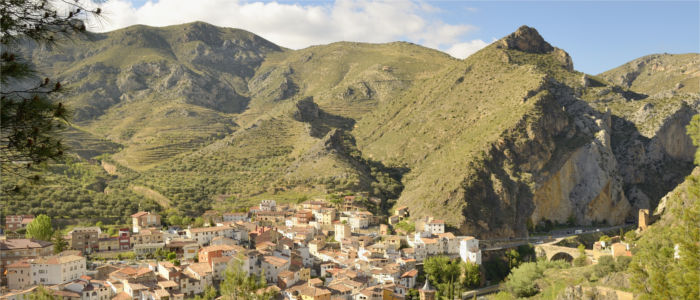
Culture - The birthplace of the Spanish language
La Rioja owes its name to a small tributary of the Ebro in the north, the Oja River (Río Oja). Travellers see beautiful vineyards with old wine cellars (bodegas) on their journey through the region, which still has the idyllic atmosphere of bygone days. You also find many monasteries, churches and remains of Roman buildings. The historical Way of St. James leads through many history-charged places (Logroño, Calahorra, Arnedo, Santo Domingo de la Calzada or San Millán de la Cogolla) and sights (the Monasteries of San Millán de Yuso y de Suso). Particularly worth seeing is the capital and university town Logroño with its cathedral, a stone bridge and the provincial parliament from the 14th century. The Monasteries of San Millán de la Cogolla accommodate one of the most important libraries in Spain and are considered the birthplace of the Spanish language. In the Middle Ages, the Glosas Emilianenses - the first dictionary of the Iberian Peninsula and foundation of the Spanish language - was written here. The Monasteries became part of the World Cultural Heritage of the UNESCO in 1997.
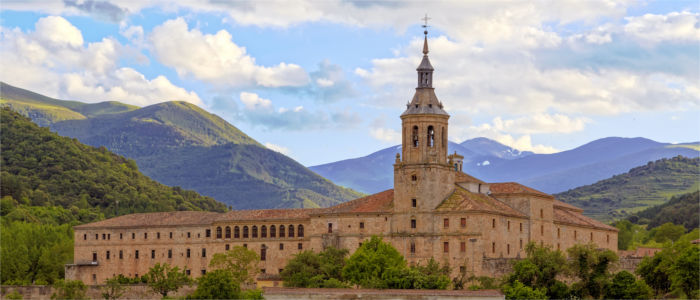
Experience - A mecca for wine lovers
The region La Rioja is most famous for its wine-growing district of the same name, one of the most significant ones in the whole of Europe. Over 20,000 vine-growers produce their wine at the river Ebro and the towns Logroño and Haro. The tempranillo is the most important type of grape and is grown on over 60 percent of the cultivation area. Visitors can convince themselves of the quality of the region's wine by tasting it in over 500 wine cellars. Besides wine-growing, the food industry is one of the region's most important sources of income. Great areas of La Rioja's land are used for vegetable cultivation, for example of asparagus, peppers and artichokes. You find these - as well as other specialities like lamb, snails and mushrooms - on every menu. Meals are best ended with the sweet marzipan of the Sierra de Cameros and a glass of Rioja wine. Speaking of a glass of wine: a great wine fight (Batalla del Vino) takes places in the town Haro on the 29th of June every year. Other traditional celebrations in La Rioja are the Stilt Dancers Festival in Anguiano (Danza de los Zancos) and the Procession of the Hundred Maidens in Santo Domingo de la Calzada.
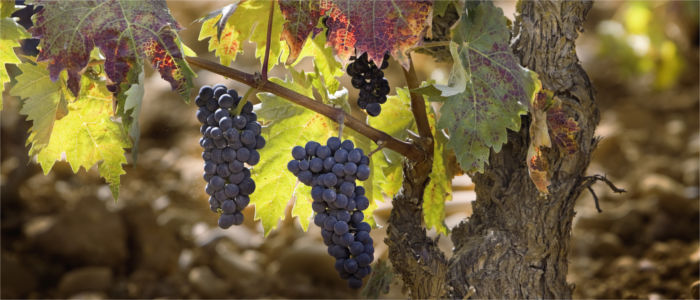
Activities - Experiencing wine-growing at first hand
Due to the popularity of La Rioja's wine-growing region, many leisure activities can be practised in the vineyards. It is possible to explore the vineyards accompanied by a guide on foot or by bike. In addition, you can go for a horseback ride through the region. A flight on a hot-air balloon as well as a tour by canoe or Jeep are other suitable ways of getting to know the Spanish wine-growing area. A particularly special activity is wine-growing for one day, which allows you to assume the role of a wine grower. Many wine lovers' dreams come true when they watch and take part in the grape harvest, pruning, leaf management and bottling. Besides these vineyard activities, travellers can go hiking, riding, climbing, mountain biking, fishing, mountaineering, paragliding and canoeing in the region's beautiful forests and valleys. Winter sports are possible in the snowy mountainous regions from October to the end of May.

Information
The quickest way of reaching La Rioja is by plane. The local airline Iberia offers flights from Madrid to Logroño. A rental car or the train are great means of travelling within La Rioja.
La Rioja is the ideal holiday destination for active wine lovers with its countless vineyards and wine cellars as well as its natural nativeness. Together with its authentic culture and history, the region offers the perfect conditions for idyllic and cultural holidays in the countryside.


